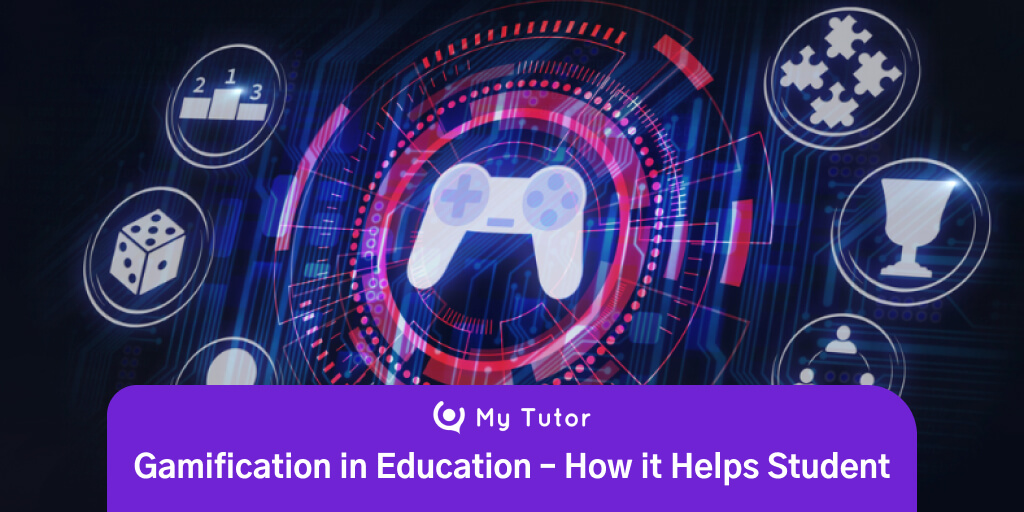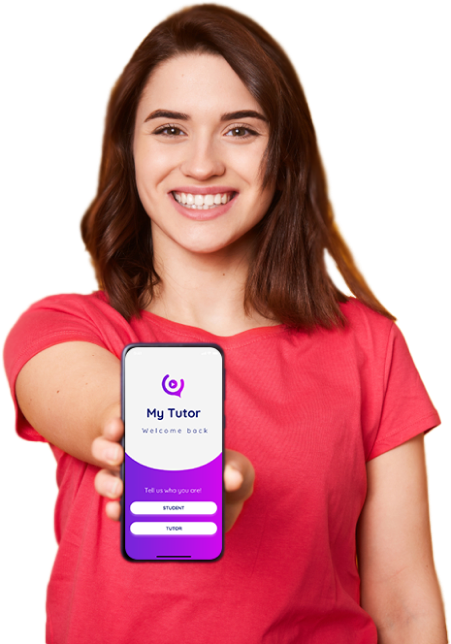Blog

Gamification in Education – How it Helps Students
Gaming is popular worldwide. It is mainly used for entertainment purposes. But, modern educators have started using this to motivate students. Gamification in education has been primarily used in learning sectors. In this article, you will find all the details about gamification in education. You will also find some examples of gamification in education. So, keep on reading!
What is Gamification in Education?
Gamification in education means using gaming elements in non-gaming activities to motivate students and enhance their productivity.
According to an article in the International Journal of Educational Technology in Higher Education of SpringerOpen, “Gamification is a multidisciplinary concept spanning a range of theoretical and empirical knowledge, technological domains, and platforms and is driven by an array of practical motivations.”
Video games are associated with a feel-good factor due to dopamine release in the brain. Moreover, features like scores, trophies, leaderboards, etc., keep the players motivated to keep playing. Gamification in education works the same way. The only difference is that all the features are used in learning environments.
What are the Benefits of Gamification in Education?
Gamification in education has multiple benefits for students. Here are some benefits explained:
1. Increases Motivation

Modern educators are using cutting-edge tools to motivate youngsters. According to an article by 99 Firms, 58% of Gen Z-ers use their mobile devices to play games. Gamification allows learners to apply gaming strategies in a learning environment. This motivates the students to pay more attention to it.
Gamification enhances intrinsic motivation, which is associated with the desire to do something because of one’s interest. This type of motivation helps learners enjoy the subjects they study.
Gamification uses fun elements like goals, targets, scores, and achievements. This makes learning fun for all, and learners become more interested in learning about a topic.
2. Helps to Retain Knowledge

Gamification strategies can make neural pathways more robust and enhance memory power. It can also help with problem-solving skills and enhance attention levels. So learners can retain information for a long time. Besides, gamification in learning makes content easily comprehensible to students with the help of gaming elements. Gaming elements like story-telling, characters, and plot twists are used to present data or facts in an exciting manner. Thus, it enhances retention power.
3. Increases Learners’ Engagement

It is easy to drive students’ engagement with the help of peer competition, scoreboards, teamwork, etc. Besides, it also allows students to take ownership of their learning. Also, using badges and using different platforms or applications keeps the learners engaged. Turning chapter reviews into quiz games or turning a subject into class quests will motivate the students and make them more engaged in their lessons.
4. Boosts Creativity

Gamification in education can increase the productivity of students. According to E-learning Industry, “80% of learners claimed learning would be more productive if it were more game-oriented.” Besides, the feel-good chemical “dopamine” also helps people to keep calm and enhance productivity.
Some Examples of Gamification in Education

Gamification strategies are being used by different apps to enhance a better and more productive learning experience for all. Besides, teachers use different strategies to get the most out of the gaming elements. Here are some examples of gamification in education:
- Using apps and platforms for gamification in education has been around for a long time. Educators can use these educational tools or apps to enhance learners’ creativity. For example, Duolingo is an app for learning a language. It uses different gaming elements like gaming levels, badges, leaderboards, etc., to give the users a game-like experience while learning a language. Classcraft is another learning platform that allows users to create customized in-game avatars. Students can earn awards for their performances. Even they can score more points to unlock new avatars.
- Giving points for academic and non-academic objectives is one of the best examples of gamification in education. Non-academic objectives may include tasks like keeping your classroom tidy, or maintaining discipline in the classroom, etc.
- Using badges can motivate students to give their best in a learning environment. This not only enhances the competition in the classroom but also creates a sense of community among the learners.
- Using different levels of progression, like checkpoints or skill levels, is also an effective method of gamification in learning. Creating milestones and leveling them up after each milestone is a systematic approach to the whole thing.
Conclusion
Gamification in education can be more effective at educating young minds than traditional methods. The above examples of gamification in education can help educators create different strategies to make learning more interesting for students. The actual game effect can help the learners become more interested in a topic and engaged in the classroom. According to a report by 99 Firms, “75% of Gen Z-ers don’t consider college the only path to a strong education.” So, gamification in education is going to play a vital role in the way we educate the young generation.
My tutor is available on Android and iOS







